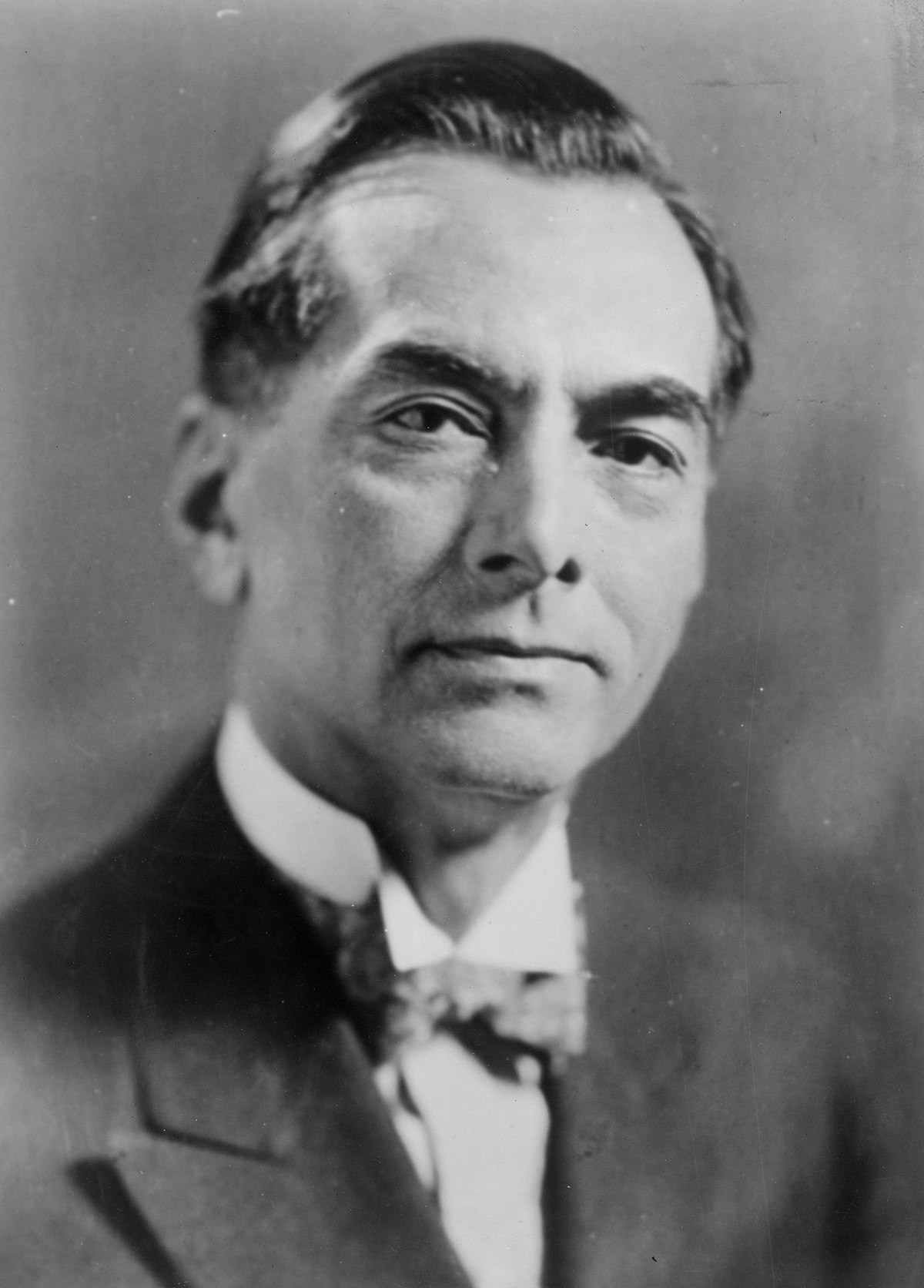
Commonwealth of the Philippines
PhilippinesThe Commonwealth of the Philippines was the administrative body that governed the Philippines from 1935 to 1946, aside from a period of exile in the Second World War from 1942 to 1945 when Japan occupied the country. It was established following the Tydings–McDuffie Act to replace the Insular Government, a United States territorial government. The Commonwealth was designed as a transitional administration in preparation for the country's full achievement of independence. Its foreign affairs remained managed by the United States.
During its more than a decade of existence, the Commonwealth had a strong executive and a Supreme Court. Its legislature, dominated by the Nacionalista Party, was at first unicameral, but later bicameral. In 1937, the government selected Tagalog – the language of Manila and its surrounding provinces – as the basis of the national language, although it would be many years before its usage became general. Women's suffrage was adopted and the economy recovered to its pre-Depression level before the Japanese occupation in 1942. In 1946, the Commonwealth ended and the Philippines claimed full sovereignty as provided for in Article XVIII of the 1935 Constitution.
Ask Herodotus
HistoryMaps Shop

Heroes of the American Revolution Painting
Explore the rich history of the American Revolution through this captivating painting of the Continental Army. Perfect for history enthusiasts and art collectors, this piece brings to life the bravery and struggles of early American soldiers.








